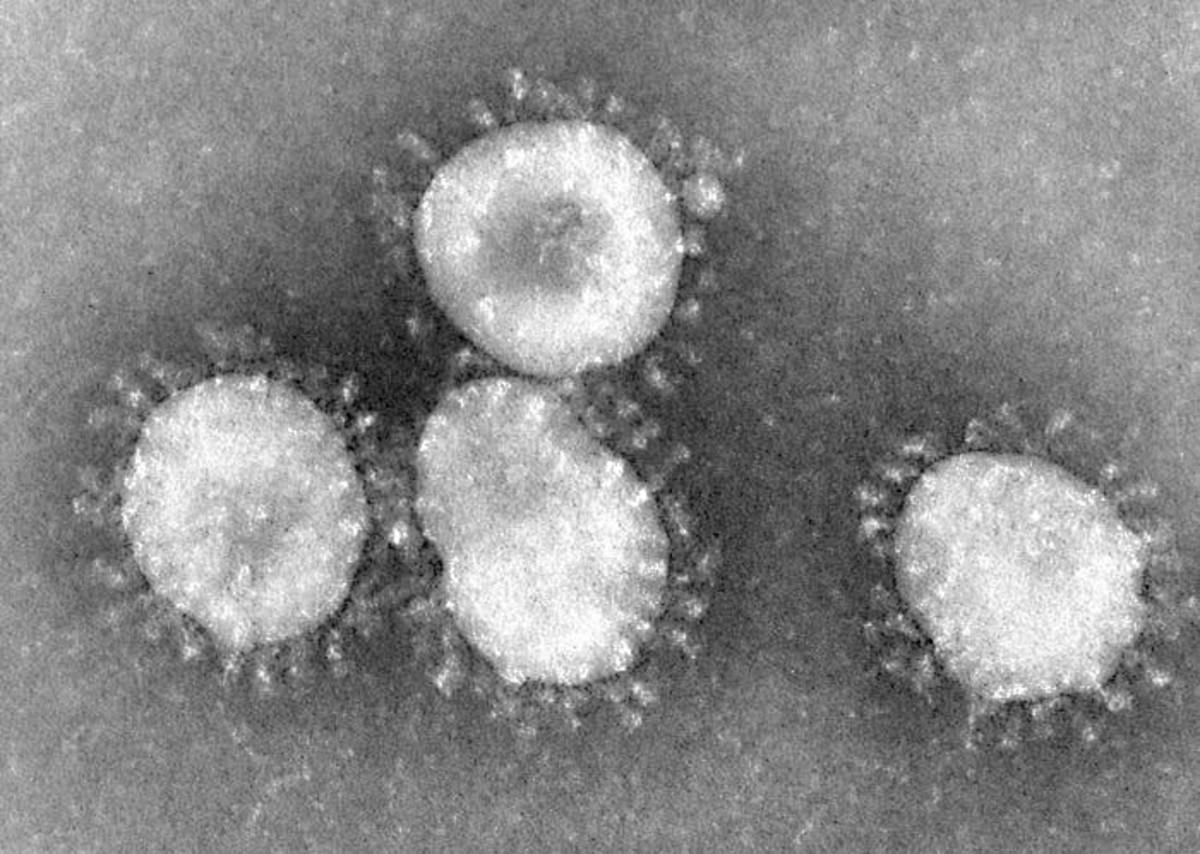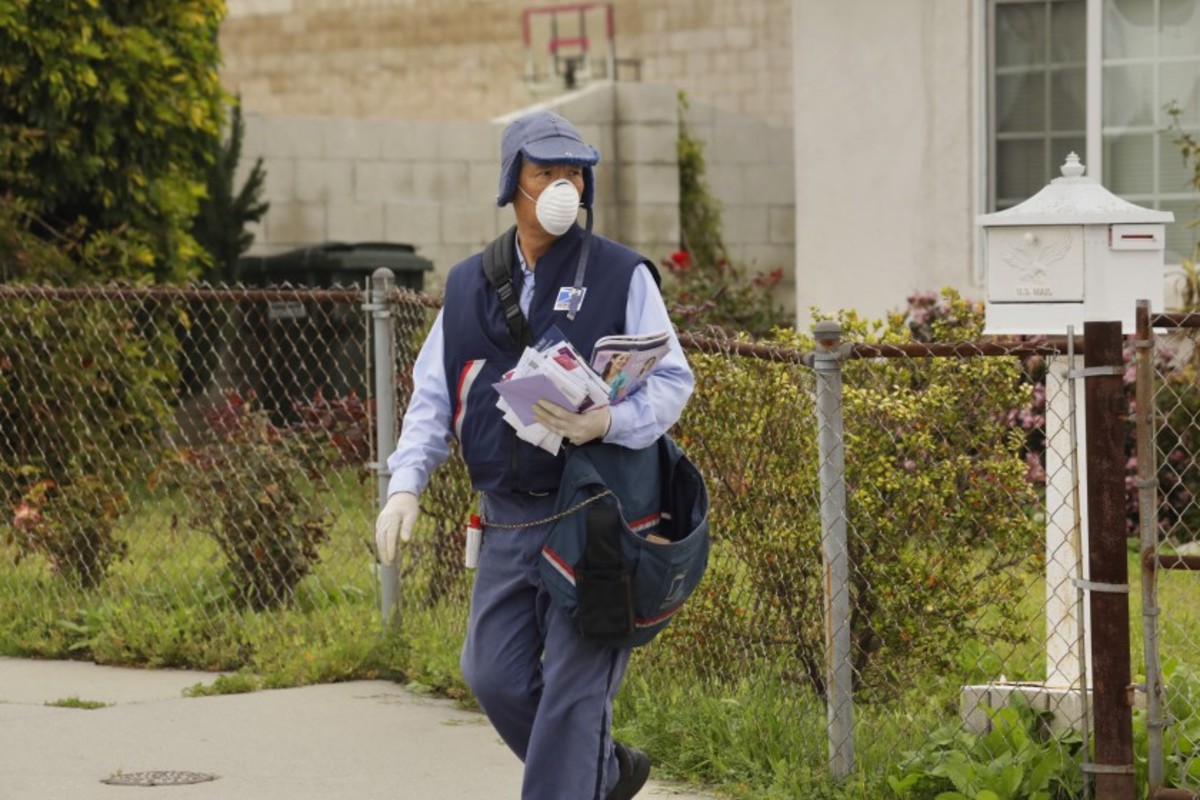How to Differentiate Coronavirus Symptoms From Common Cold and Understand Its Spread
Coronovirus has infected over one lakh twentyfive thousand people in more than 80 countries and killed more than 4600 people despite the efforts being put by different nations to contain it putting restrictions on visits, meetings and travel. It is understood less fatal but more infectious than other similar type of diseases. Covid-19 is the diseased caused by coronavirus and mortality rate is between 2-4 percent but due to high infection rate the death count becomes high.
A research published in a leading journal suggests that disease moves from the respiratoty system ( back of the throat to the lungs) to gastro-intestinal tract, to the blood and that leads to multi-organ failure and death. After virus gets entered inside the body, it uses a spike-like protein to bind with a receptor called angiotensin-converting enzyme 2 found on the respiratory cells.It then replicates to spread infection and causes pneumonia after it reaches lungs. Study shows that median incubation period after getting infected is 5.1 days during which it may not show any sysmptoms. Fever generally appears 1st day after the incubation period, upper respiratory symptoms like cough and sore throat may occurs by day 3. Difficulty in breathing will happen between 4th and 9th day after the incubation period. Acute arespirtory distress may happen between day 8-15. The study reveals that a life threatening complication 'Sepsis' may develop by the end of first week, .
Since symptoms of Covid-19 disease are very similar to common cold, influenza and other allergies, sumptomwise comparison may help to know whether it is common condition of cold or Covid-19 disease.
Fever & dry cough: Fever with dry cough may be evident occasionally in case of allergies whereas rarely or in mild state in case of common cold. Feverish condition with dry cough is usually observed in the infected patients of Flu and Covid-19.
Running nose and sneezing: While running nose and sneezing is common among patients of common cold and allergies, sneezing is absent in flu and coronavirus affected patients but running nose may happen occasionally in common cold and rarely evident in Covid-19 patients.
Fatigue: This condition is common among flu patients but sometimes it be present and sometimes not present in patients suffering from Covid-19 or other diseases.
Headaches: Flu patients usually experience headaches but patients suffering from Covid-19 and allergies are sometimes subject to such condition. Patients suffering from common cold, however, suffer rarely from headaches.
Sore throat: It is a common symptom to describe patients suffereing from common cold and flu. Covid-19 patients may occasionally exhibit this symptom though sore throat is not evident among patients suffering from allergies.
Shortness of breath: Labored breathing is common among Covid-19 patients and those suffering from allergies but absent among patients suffering either from common cold or flu.
Diarrhea: This symptom is rarely found with Covid-19 patients and also occassionally shown by Flu patients but non-existent among those suffering from common cold or allergies.
Aches and pains: These symptoms are commonly observed in patients of common cold and flu but absent in patients with allergies.However, Covid-19 patients may sometime experience bodyaches and pains.








